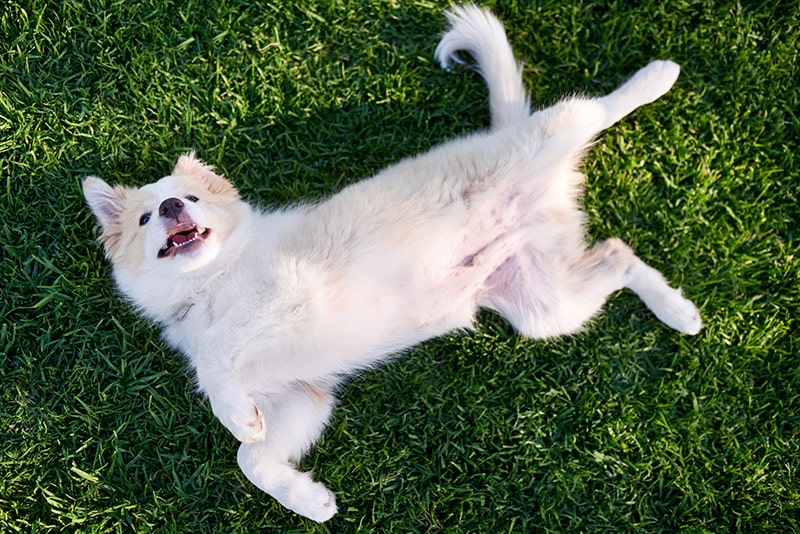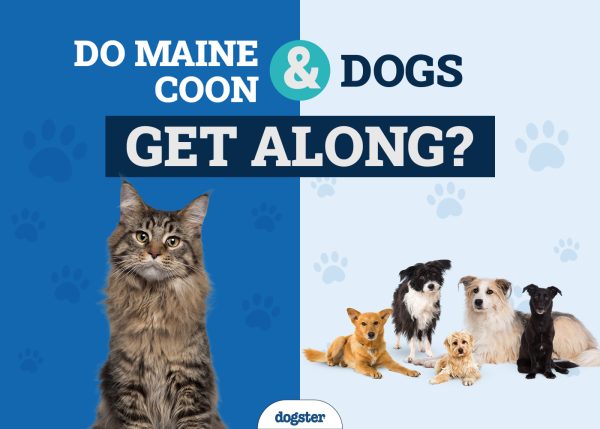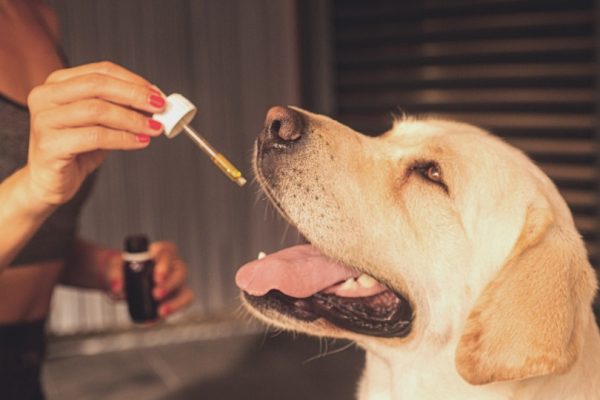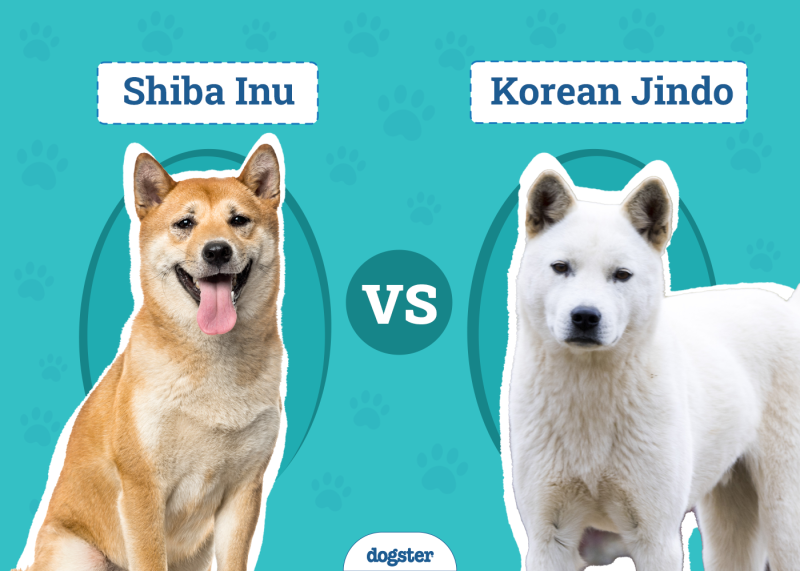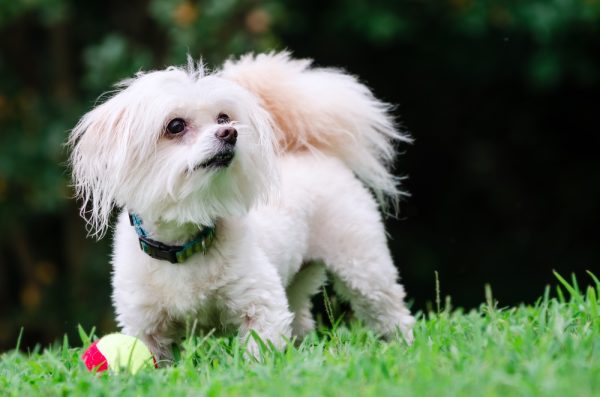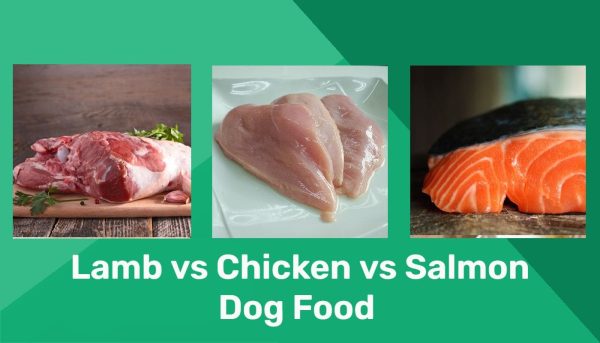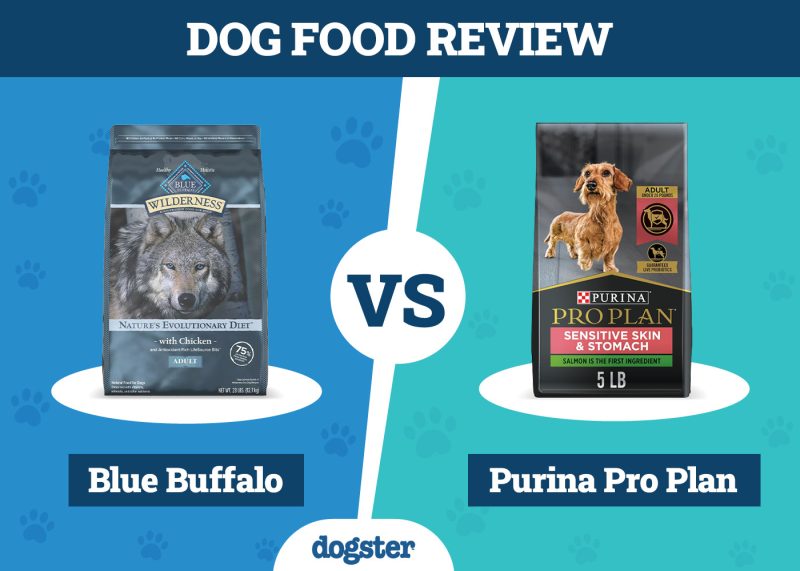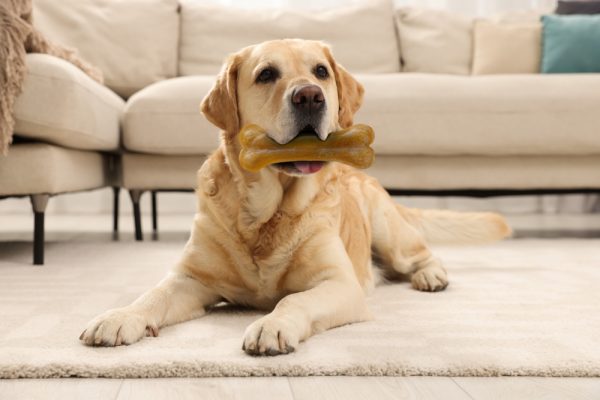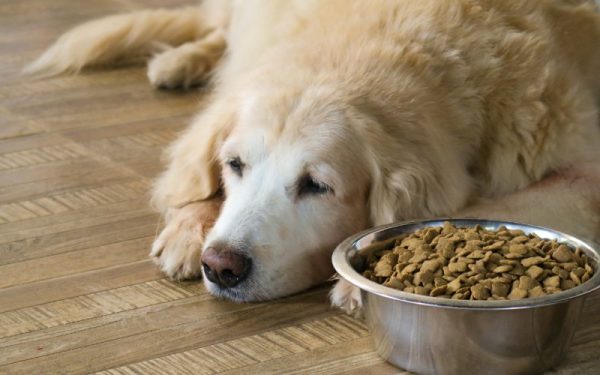When you’re looking at your dog or giving them belly rubs, you’ve likely never seen a belly button that looks like ours. But is that because they don’t have one or simply because they’re harder to find?
The truth is that dogs do have belly buttons, but vets usually call them the umbilicus, and they don’t look the same as a human’s. The umbilicus is the same thing as a belly button, it just has a different name. But where is the umbilicus, what’s it for, and do you ever need to worry about it? We’ve answered all those questions and more for you below.

The Truth About Dog Belly Buttons
Dogs are placental mammals just like humans, and because of this, they have belly buttons. A dog’s belly button acts as a way for them to receive nutrients when they’re still developing in the uterus and before they’re born, which is the exact same thing a human’s belly button does via the umbilical cord. After they’re born, a dog’s belly button really doesn’t do much, but it’s still a part of their anatomy.
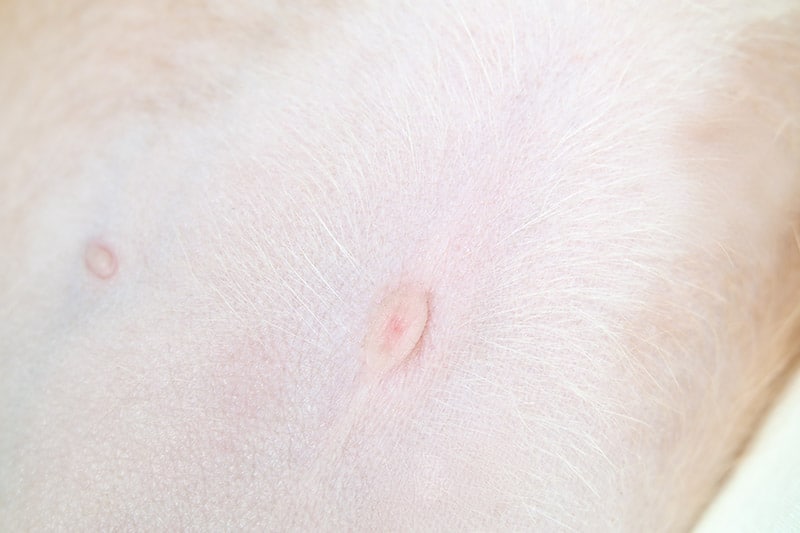
Why Do Dogs Have Belly Buttons?
When humans are born, the amniotic sac breaks before the baby is born. However, with dogs, puppies are usually born inside the amniotic sac, or it may break as the puppy exits the birth canal. In the wild, the mother will open the sack and chew off the umbilical cord, and this is what most pet dogs will do as well, as part of their instinct, unless they are assisted by their humans.
What’s left behind is a small bit of the umbilical cord, which eventually dries up and falls off. This leaves behind a small scar, which is the dog’s belly button. These scars typically heal almost completely flat, with nothing but a small slit forming the belly button, unlike humans with all sorts of depths, shapes, and sizes. But even though they’re less obvious, they’re still there.
Finding Your Dog’s Belly Button
Finding your pet’s belly button isn’t always the easiest thing to do, especially as they get older. You can find a dog’s belly button on their abdomen just like yours, but their belly button is usually almost completely flat against their body.
They have one small vertical slit or a slightly oval-shaped scar tissue, but unless you’re specifically looking for it, it’s pretty easy to miss. Complicating matters further is the fact that a dog’s fur often covers up the belly button, making them even harder to spot.

When Should You Worry About Your Dog’s Belly Button?
A dog’s belly button should not protrude like an outie on a person, and if it is, then this can be a sign of a serious underlying medical condition and you need to take them to the vet right away. Some common health issues you need to worry about if your dog’s belly include:
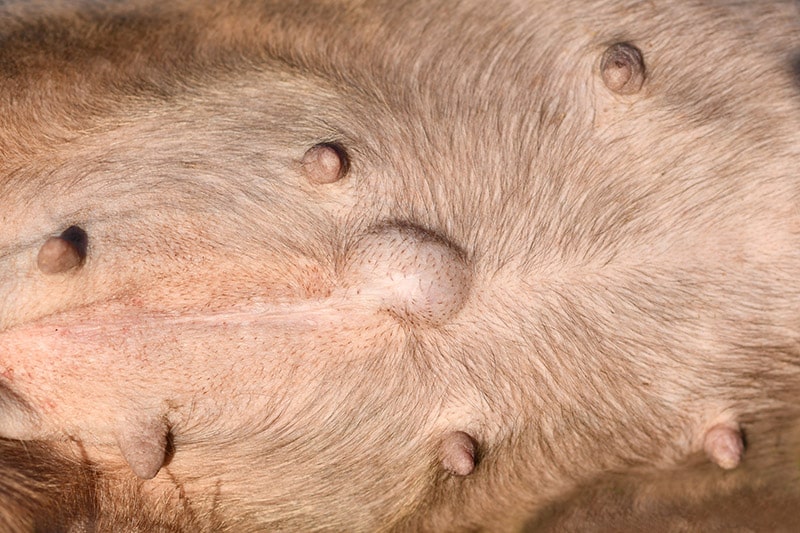
Hernia
A hernia is when an internal organ or tissue is displaced from the abdomen and has exited the abdominal cavity through a congenital or acquired defect in the abdominal muscle wall, ending up under the dog’s skin in various locations, often appearing like a swelling. Most commonly hernias occur at the site of the umbilicus or in the inguinal canals.
Umbilical hernias may be congenital in puppies due to incomplete closure of the umbilical ring. They can be soft and easily reducible in some cases, meaning the content can be gently pushed back into the abdomen by applying a little bit of pressure on the umbilicus or navel. In some cases, they are not reducible and the swelling is permanent. This becomes obvious, as the puppy is straining, crying, barking, or exerting themselves. Acquired hernias may happen after a trauma or after abdominal surgery if the dog is not resting and the abdominal muscle wall has not healed properly or fully.
Hernias can be a painful and life-threatening condition if not urgently treated, especially if they entrap the intestines or one of the internal organs. Sometimes, hernias contain intra abdominal fat. If your dog has a hernia, they might need emergency surgery. Don’t put it off no matter the day or time; get them to a vet as soon as possible.
Infection
Umbilicus can also get infected, particularly in puppies that may lick each other’s umbilicus, or suckle at it. Skin infection or dermatitis may also occur in this area, particularly in dogs suffering with skin disease or allergies. In case of an infection, the area may be red, swollen, inflamed, scabby, or contain various discharge.
An abscess is when pus starts to form in a pocket under the skin, and it’s not uncommon for younger puppies to develop abscesses as the umbilical cord dries and starts to fall off, or if the mother is licking it excessively. You need help from a vet to treat an abscess, and they’ll likely need to get an antibiotic to treat the infection.
If you suspect your dog might be suffering from underlying health issues, you should contact your vet.
If you need to speak with a vet but can't get to one, head over to PangoVet. It's an online service where you can talk to a vet online and get the personalized advice you need for your pet — all at an affordable price!


Final Thoughts
While a dog’s belly button might not be as obvious or as visible as ours, they still have one. It’s nothing you really need to worry about in the majority of cases, but if you start noticing anything abnormal in their belly area, don’t ignore it, as it may indicate a more serious underlying health issue, such as a hernia!
Featured Image Credit: Daxiao Productions, Shutterstock
